Hair Hair
A theater artist and educator reflects on a crucial—if unexpectedly painful—moment of autonomy The post Hair Hair appeared first on Tricycle: The Buddhist Review.
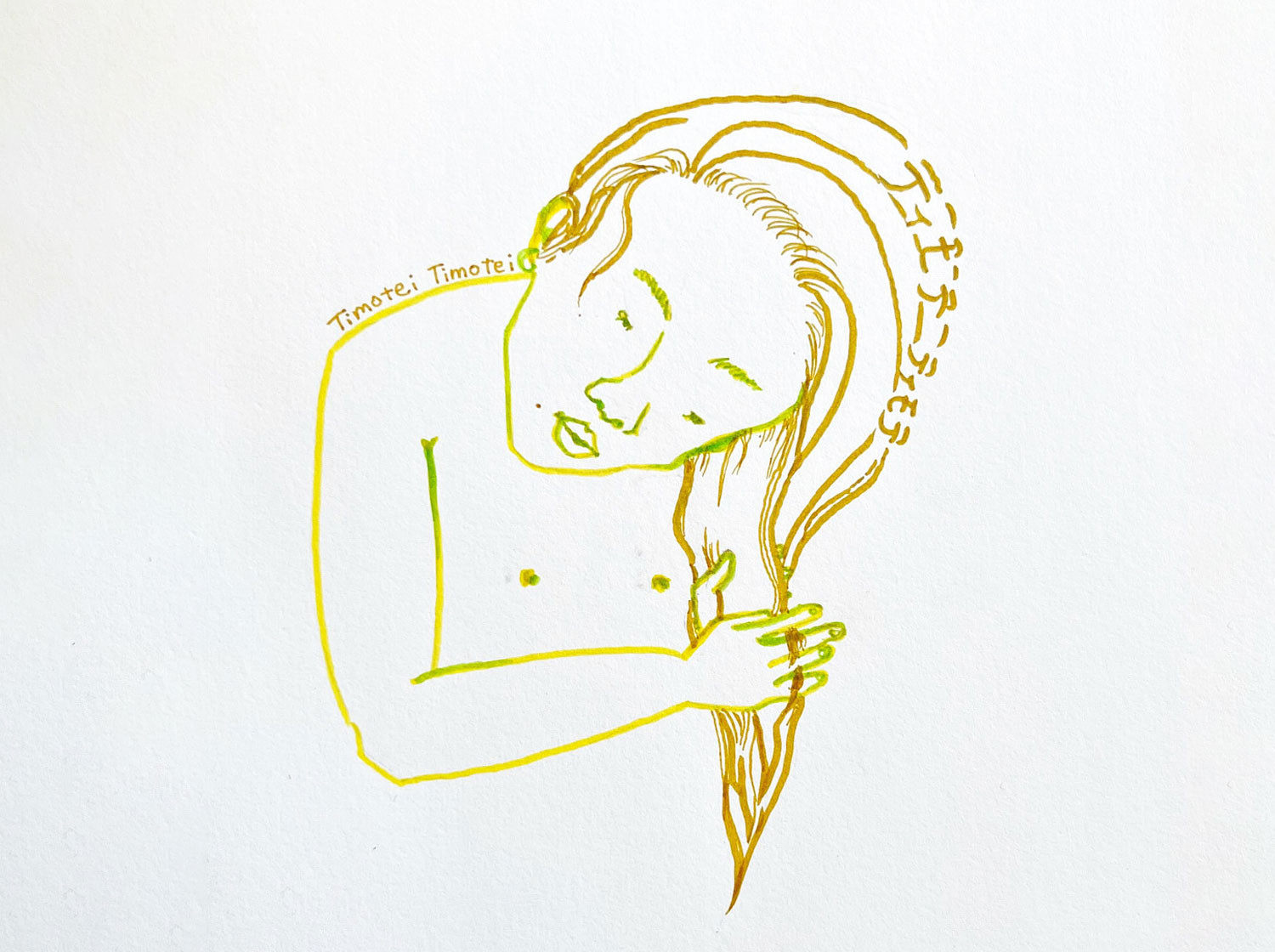
 Art courtesy the author
Art courtesy the authorIt’s been more than three decades since I imagined having long, luxurious hair like the ladies in shampoo commercials. Growing up, I was not allowed to have long hair because that’s “not what boys do.”
So it felt like a dream come true when my friend Ebony took me to a salon in Staten Island so we could get weaves sewn-in. Ebony went first, and I curiously watched as her hair was washed and dried. But to be honest, what stood out to me was her friendship, which offered me the safety to be there, because I was so nervous.
The external friendliness translated internally into lovingkindness—the quality of mind that is gentle and tender and one of the brahma-viharas (the four immeasurables or divine abodes).
Lovingkindness (metta): Tender, gentle, unconditional love
Compassion (karuna): Unconditional caring
Appreciative joy (mudita): Gladdened heart, impartial appreciation
Equanimity (uppekha): Mental equipoise, unconditional acceptance
Steven Smith, one of my teachers, says that the brahma-viharas are inseparable, like close sisters. When I practice any one of four, I’m practicing the other three at the same time. By keeping metta close to my heart, the other three are there, too.
The stylist tightly braided my hair to my scalp and sewed in the extensions. Even the prickly unpleasantness was associated with the joy of experiencing a speck of my lost childhood dream. Strand by strand, my hair got longer, and the knot in my stomach grew bigger and bigger. This was a big day for me; that I had anxiety and doubt is an understatement.
Just as I had throughout that day, I just kept softly noting with light awareness in the six sense doors. Seeing, seeing, hearing, hearing, tension, thinking, unpleasantness, desire, doubt, in, out . . .
The braiding and sewing took two hours, and when my hair was done, I felt something familiar. I conjured up a smile, thanking the stylist while playing with my long hair in front of the mirror. But my head felt heavy, the knot in my stomach turning to restlessness. I stood still, quietly observing my internal landscape. Ebony must have sensed something, because she asked me to walk with her outside to get some fresh air.
We walked down a quiet street in silence. I remembered what was so familiar to me. It was the way I felt in the body when I was suicidal. Narrow, oppressive, closed, heavy, shaky . . . simply put, I felt self-hatred. The familiar sensation of panic took over my body. My head was dense and I felt moisture on my cheeks. I tried to convince myself that all the hurt was in the past when I didn’t have supportive adults, yet I felt this pain as vividly as before. This time, however, I had a friend beside me—comforting and crying along with me. I felt the warmth of her hand holding tightly to mine. She told me that she was proud of me and that I looked beautiful. Tenderness, appreciation, gentleness. I’m forever grateful for her friendship.
I had finally gotten my long hair, but I kept seeing myself through an internalized transphobic lens. I had run to my Broadway show after the salon, no time to process all this because I had to work. I took an Uber, and felt ugly when I looked at myself in the camera on my phone. I thought everyone in the world would think I was ugly, too.
When I got out of the car in front of the theater, I heard:
Miss, can I have a dollar?
. . .
Oh, sir.
The hair worked. Though it’s binary and stupid, I felt good in that moment. I told the houseless person “sorry” and went through the backstage door, wishing I had some cash on me.
My attention was so close to myself that it felt out of body as I climbed the stairs to the dressing room on the sixth floor. My mind felt concentrated like a microscope, but everything felt too close for me to comprehend what was being perceived. I tried to call on compassion, feeling the overwhelm and panic in my body. Connecting gently with the pain of resistance simply by attending and caring. I still don’t know if it came.
I put on the same costume that I had worn hundreds of times and styled my hair so that I could dance. I found myself accepting others more on stage, a sense of calm in the chaos of performing in an emotionally intense show. I felt open and did not know which was my emotion and which was the emotion of the song as I performed it. I cried in the shadows offstage and openly on stage when the scene allowed throughout the performance. It felt as if I was doing something I was not allowed to do. Having long hair for me meant womanhood. I was never given the space to recognize my womanhood. Here I was in front of an audience of over a thousand and nothing bad happened; I was safe. Being in the intense mixture reminds me of what another one of my teachers, Michele McDonald, says: that the Buddha taught the proximate cause for compassion was accepting the overwhelm and helplessness in the face of suffering. Maybe it was that, or I was just feeling the vibration of the base and drum.
After a couple days, I came to the conclusion that it was all too catastrophic for me to keep the weave in. Ebony came over to take it out, and we turned it into a celebration. My husband wore the extensions like a wig as we sipped red wine in our small one-bedroom apartment. I felt light, and free of the trauma surrounding long hair. I had long hair and I was safe. Now I’m back to my awkward fades, my barely ponytail. But it’s different than before, because I chose this. No one told me to do this. I did. This autonomy is crucial for me after I didn’t have that choice as a child, not to mention that I did not choose to be transgender. I was born a woman no matter who had assigned me as male.
I hope someone can see that I carried on with cultivating my own worthiness with the decision to have my hair long—and then to remove it. Seeing myself as I am, not the way society or someone else wants me to be. I was able to direct my attention to the intention of my actions through the hybrid of Vipassana and brahma-vihara practice that my teachers taught me. Of course I appreciate the colorful nails and physical changes with Hormone Replacement Therapy, but also I make sure to check in with what’s behind the action, turning to the friendliness of loving-kindness and caring of compassion to the oppressed identity as a woman.
Piece by piece, I am ready to slowly put down the self-hatred that might have previously been my only protection for survival.
♦
Read more about Kei Tsuruharatani here in this spotlight from Tricycle magazine’s Summer 2022 issue.

Get Daily Dharma in your email
Start your day with a fresh perspective

Explore timeless teachings through modern methods.
With Stephen Batchelor, Sharon Salzberg, Andrew Olendzki, and more
![]()
Thank you for subscribing to Tricycle! As a nonprofit, we depend on readers like you to keep Buddhist teachings and practices widely available.
This article is only for Subscribers!
Subscribe now to read this article and get immediate access to everything else.
Already a subscriber? Log in.

 Tfoso
Tfoso 









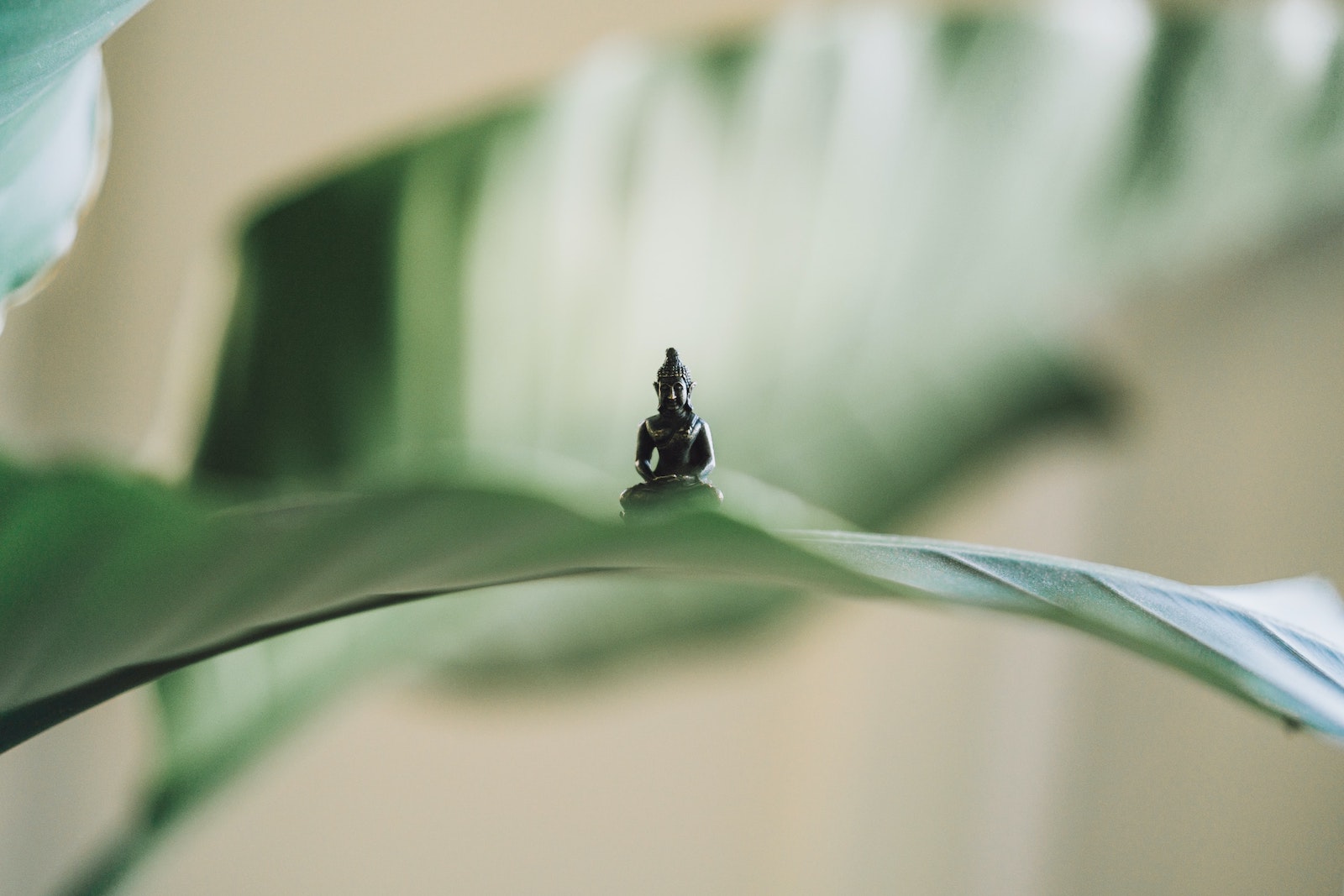
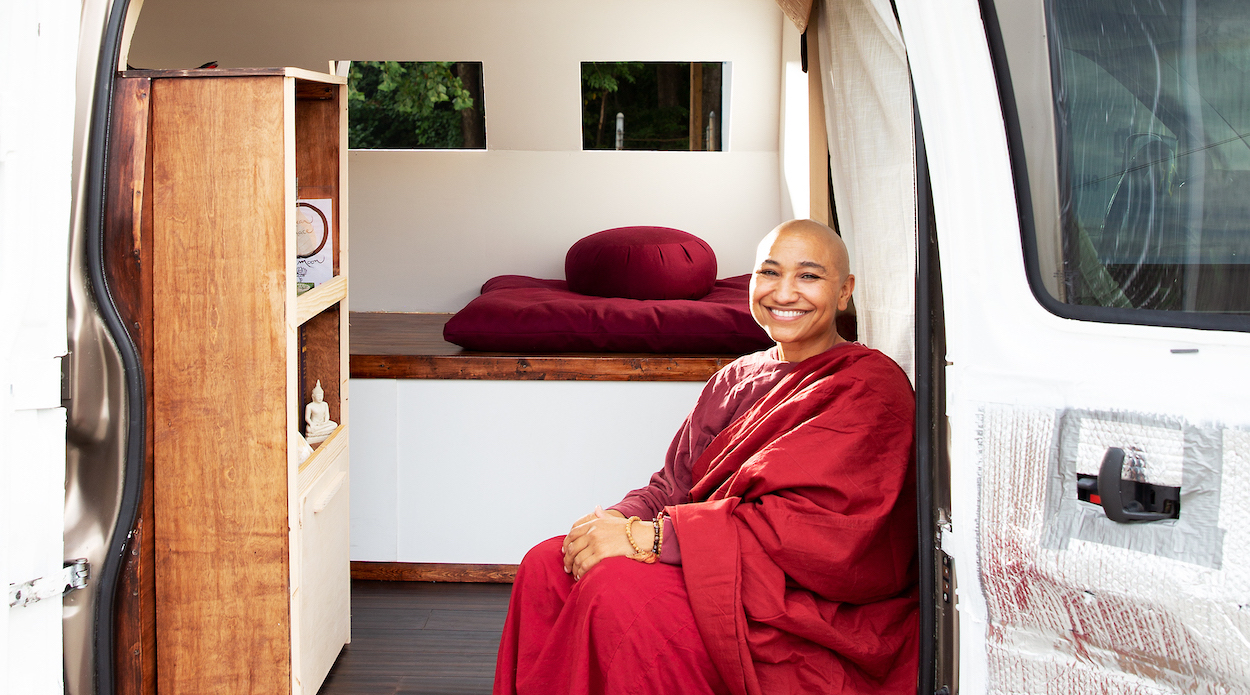
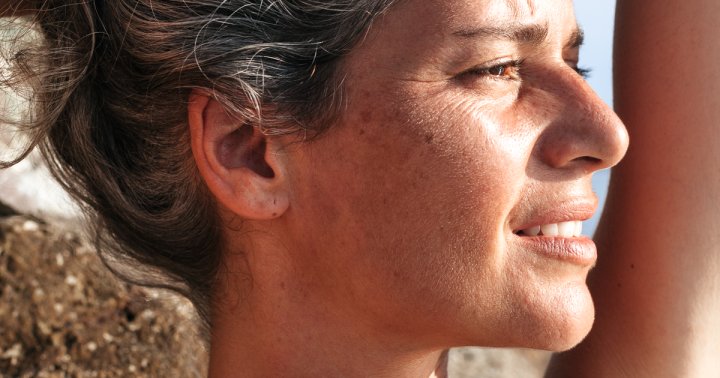
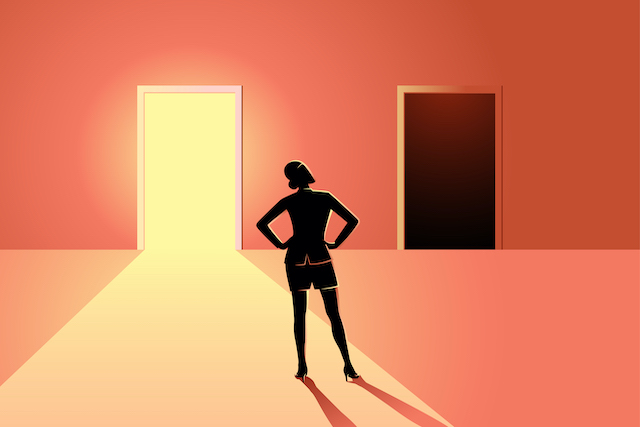















.jpg&h=630&w=1200&q=100&v=6e07dc5773&c=1)



